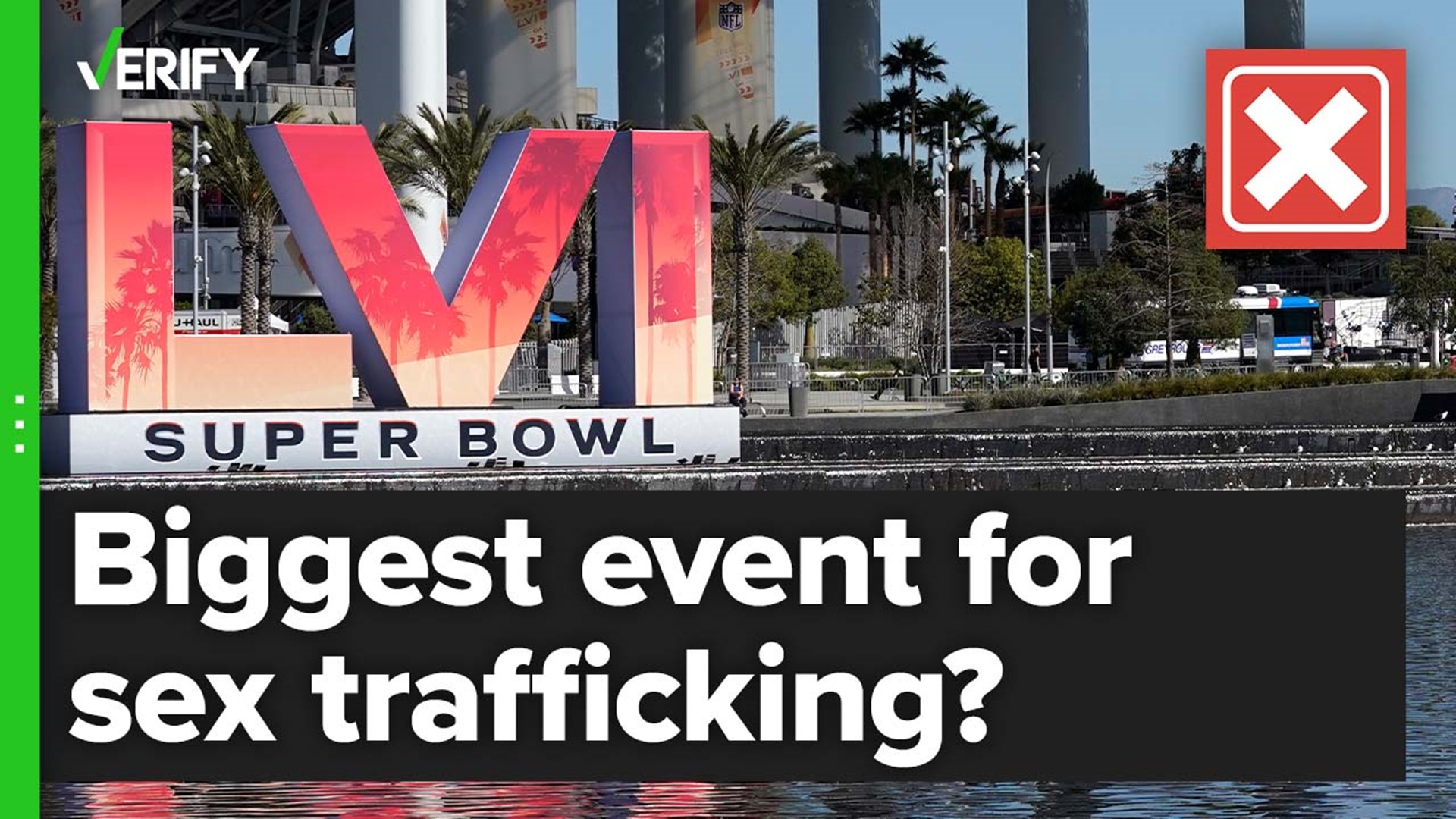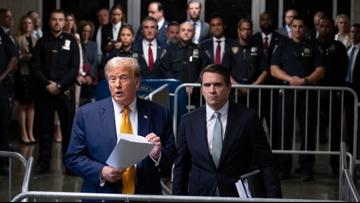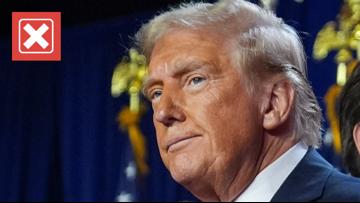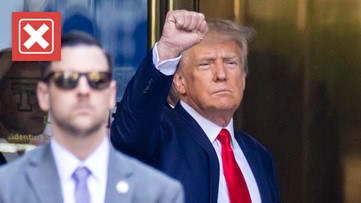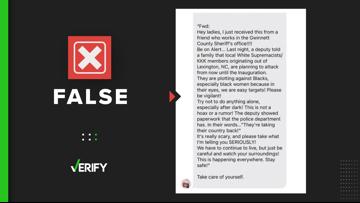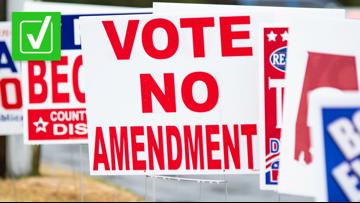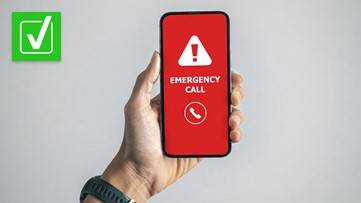Every year, local officials and law enforcement ramp up efforts to combat human trafficking – specifically, sex trafficking – before and during the Super Bowl. This year, for Super Bowl LVI in Los Angeles, those efforts began Jan. 25 with a press conference held by the California Department of Justice.
California’s awareness, education and enforcement campaign is underway amid a persistent rumor that the Super Bowl draws more traffickers than usual to an area, with some even calling it the biggest sex trafficking or human trafficking event in the world.
THE QUESTION
Is there evidence the Super Bowl is the biggest event for sex trafficking in the world?
THE SOURCES
Polaris, operator of the National Human Trafficking Hotline
San Francisco Mayor’s Task Force on Anti-Human Trafficking 2016 report
THE ANSWER
No, there is not evidence that the Super Bowl is the biggest event for sex trafficking in the world.
WHAT WE FOUND
Freedom Network USA and Survive and Thrive Advocacy Center, two groups that assist victims and survivors of human trafficking, and Polaris, an organization that runs the National Human Trafficking Hotline, all say there is no evidence that the Super Bowl is the biggest event for sex trafficking in the world.
“Human trafficking isn’t just a problem the night of the Super Bowl, it’s a problem 365 days a year,” a spokesperson for Polaris said in an email. “There is little data to suggest a significant increase in sex trafficking the night of the Super Bowl. The National Human Trafficking Hotline has not experienced a measurable increase in phone calls over Super Bowl weekend over what is already received on a daily basis, and any small upticks in calls can be more likely attributed to the greater awareness about human trafficking around the game.”
A 2018 video from the Federal Bureau of Investigations (FBI) emphasized that sex trafficking, and more broadly human trafficking, is a year-round issue. In the video, a program manager for an initiative to fight against the sexual exploitation of youth in Hennepin County, where the Super Bowl was played in Minneapolis that year, said the county’s research found a “slight uptick” in the online ads used by traffickers, but not any more than they found around other large events.
The 2016 San Francisco task force on anti-human trafficking stated in its report that, although the city used the Super Bowl that year as an opportunity to reach out to the community on combating trafficking year-round, “no definitive data exists linking the Super Bowl to increased human trafficking in the regions that host the game.”
A 2016 blog post from Polaris — titled “The Super Bowl Myth” — explained that while traffickers go where the demand is, they also change their tactics based on where law enforcement is focusing their efforts. Given the association with trafficking that people attach to the Super Bowl, law enforcement agencies tend to allocate more resources to combating human trafficking leading up to and during the game, Polaris said.
Freedom Network USA adds these local trafficking awareness campaigns centered around the Super Bowl have shown no lasting impact in reducing trafficking in the given area. That’s why many organizations and government agencies stress that trafficking happens daily across the country, not just around big events.
“What Trafficking Hotline data does show, however, is that sex and labor trafficking are a problem in every state, every day of the year and towns and cities across the country require long-term solutions to respond to this crime every day of the year, not just around the Super Bowl,” the Polaris spokesperson continued in their earlier statement.
Freedom Network USA says the annual focus on sex trafficking also ignores and minimizes labor trafficking, which is another common method of human trafficking. In a 2019 blog post, Polaris estimated that 16 million of the 25 million people in trafficking situations worldwide are victims of labor trafficking.
More from VERIFY: No, most sex trafficking victims are not kidnapped by strangers
